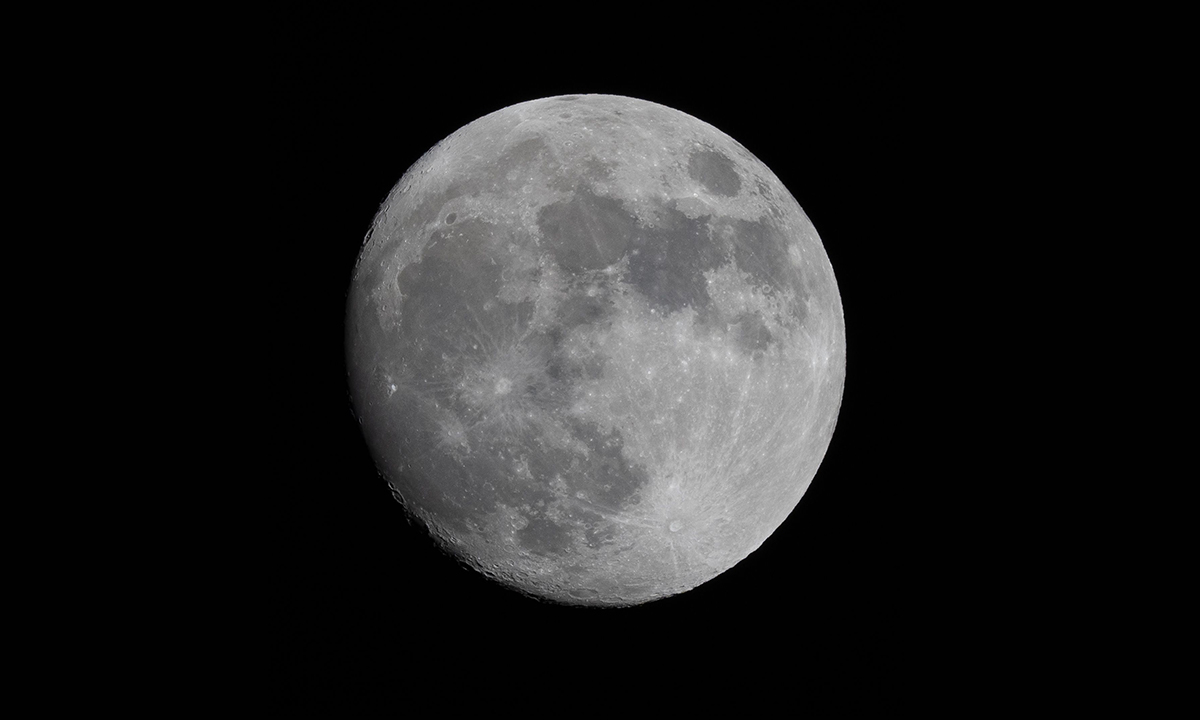US to turn moon into ‘nuclear weapons site’
By Huang Lanlan Source: Global Times Published: 2020/12/18 23:08:39

Photo:Chen Xiao
The US ambition to build a nuclear power plant on the moon by 2027, which may contribute to future lunar military projects, shows it seeks space supremacy regardless of the damage and dangers it may cause to people, Chinese experts on military and international relations said.
Establishing a nuclear power plant on the moon by the end of 2027 was included in a number of specific goals in a memorandum signed by US President Donald Trump on Wednesday, which is known as Space Policy Directive 6 (SPD-6). The plant would "support a sustained lunar presence and exploration of Mars," SPD-6 said.
Military purposes are likely to be behind the establishment, Chinese military expert and commentator Song Zhongping said.
By setting up a nuclear power plant, which includes exploiting nuclear materials and building equipment like nuclear reactors and uranium enrichment facilities, the US can theoretically turn the moon "into a production site of nuclear weapons," Song told the Global Times Friday.
The moon is rich in helium-3, a material that could be used as fuel to produce energy by nuclear fusion, Song said. In the name of building a nuclear power plant, the US may directly exploit this material on the moon and then construct nuclear fuel-processing plants there, he said.
The plan once again shows American unilateralism in space, which runs counter to the will of the international community in terms of lunar issues, Li Haidong, a professor at the Institute of International Relations of the China Foreign Affairs University, said.
Earlier, the Trump administration proposed an "Artemis Accord" in May, which suggested "safe zones" surrounding future moon bases in a bid to prevent damage or interference from rival countries and companies.
The agreement blatantly flouts international consensus that outer space, including the moon, is a "common use by all," Li said. "Whether to build a nuclear power plant and mine resources on the moon is not up to the US alone," he told the Global Times Friday, saying the US should take its plan to the United Nations first.
"Worse still, the US would commit a crime against humanity if it caused damage to the lunar ecology and geology through nuclear weapons tests," Song said.
As Chang'e-5 successfully completed its lunar trip on Thursday, the signing of SPD-6 also shows the US' intention of dragging China into a space race, trying to divert China's attention to an endless consumption of national resources for the race from improving its economy and people's livelihood, Li said. This is similar to what the US did to the Soviet Union in the 1980s under Ronald Reagan's "Star Wars" program, he noted.
Its goal of building a lunar nuclear power plant, nonetheless, may hardly be achieved on time by 2027 as the US is stuck in domestic trouble and chaos, such as the ongoing COVID-19 pandemic, Li said.
Posted in: DIPLOMACY